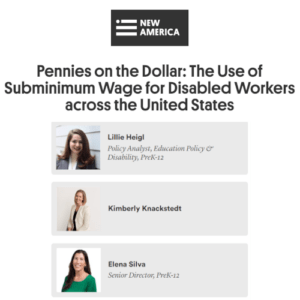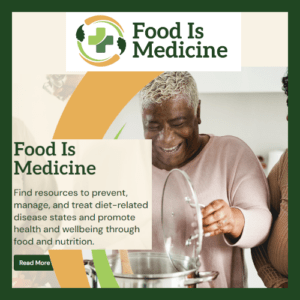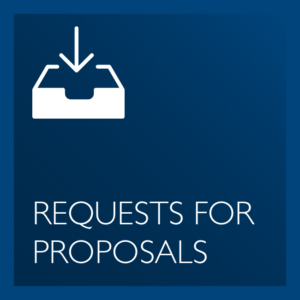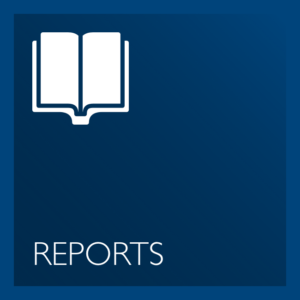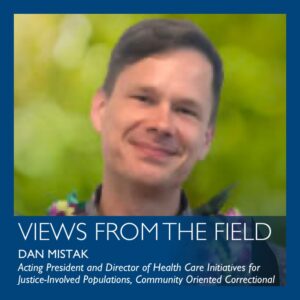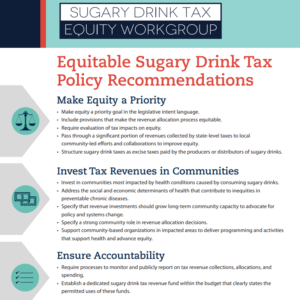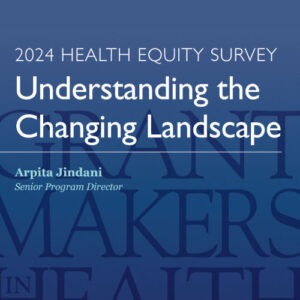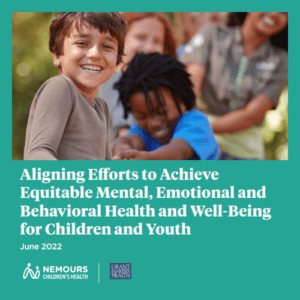Upcoming Events
Past Events
Featured Resources
New America Report Examines Subminimum Wage for Disabled Workers
Under the Fair Labor Standards Act, employers are allowed to pay disabled workers less than the federal minimum wage, which has significant impacts on these workers’ health and well-being. A report from New America examines, state by state, the policies that drive the use or elimination of the subminimum wage, as well as the programs each state provides to more comprehensively support individuals with disabilities as they seek meaningful employment and fair wages.
HHS Launches New Food is Medicine Virtual Toolkit
The Toolkit was developed in response to the National Strategy on Hunger, Nutrition, and Health and to support communities design and implement effective Food is Medicine interventions.
Case Study Examines Early Learnings in Using Medicaid Payments for Food is Medicine
A new resource commissioned by the Fair Food Network examines the early learnings from the Healthy Opportunities Pilots effort in North Carolina to use federal 1115 Medicaid Demonstration Waiver funding to scale and sustain community-based implementation of a combination of produce prescription programs, medically tailored meal programs, and nutrition education.
Explore Health Equity and Social Justice Topics
Recent Items - Climate and Environmental Health
The Health Sector is a Critical Voice in Climate Advocacy
Recent Items - Health Equity
Let’s Take Courageous Steps Together in 2025
Recent Items - Healthy Eating/Active Living
The National Peanut Board: April 2025
Recent Items - Housing
Marin Community Foundation: October 2024
Horizon Foundation: September 2024
Recent Items - Justice Reform
Recent Items - Social Determinants of Health
Marin Community Foundation: October 2024
Recent Items - Violence Prevention
The Joyce Foundation
Latest Resources
The Rita and Alex Hillman Foundation: March 2021
The Rita and Alex Hillman Foundation’s 2021 Hillman Innovations in Care (HIC) program will issue a special call for proposals that focus on racism and its impact on health.
Episcopal Health Foundation: March 2021
According to a new report sponsored by the Episcopal Health Foundation, significant pre-existing health differences for Black and Hispanic residents in Texas are leading to higher COVID-19 death rates, plus billions of dollars of increased health care spending and lost work productivity.
Journey Toward Racial Equity
The United Philanthropy Forum’s recent report, Journey Toward Racial Equity, examines philanthropy-serving organizations’ (PSOs) current internal work and external programming to advance racial equity.
New Campaign Seeks to Address Black Communities’ Concerns About COVID-19 Vaccines
Black people are much more likely than other Americans to contract, be hospitalized for, and die from COVID-19. A new campaign, THE CONVERSATION: Between Us, About Us, is aiming to bridge the information gap between Black communities and trusted health experts.
Centering Equity in Sugary Drink Tax Policy: Tax Design and Policy Research Recommendations
Healthy Food America has released the Sugary Drink Tax Equity Workgroup’s recommendations on how to design equitable sugary drink tax policy. Based on a year-long participatory process, the recommendations are focused on helping advocates and policymakers design sugary drink taxes that are centered in equity and benefit communities most negatively impacted by the beverage industry and sugary drink products.
Philanthropy’s Rural Blind Spot
This timely analysis of shows how two aspects of distress—lack of human capital and economic disadvantage—predict communities’ likelihood of both applying for and receiving funding, explores the reasons for these inequities, and provides real-world examples of how funders can better serve these communities.
Reports and Publications
2024 Health Equity Survey: Understanding the Changing Landscape
In 2024, Grantmakers In Health (GIH) surveyed its Funding Partners to understand how their health equity work has evolved. The survey consisted of 40 questions including demographic information, program focus areas, partner engagement, organizational strategy, priority population, successes, and challenges. This report summarizes findings from the Health Equity Survey titled, “Understanding the Changing Landscape.”
2023 Survey Summary: Climate Change Strategies
This infographic summarizes the responses to a Grantmakers In Health funder survey, conducted in May and June 2023, on how philanthropy is addressing climate change, and the barriers and opportunities that exist to support climate-related efforts.
Aligning Efforts to Achieve Equitable Mental, Emotional, and Behavioral Health and Well-Being for Children and Youth
This report issues a call to action for philanthropic organizations and public-sector partners that are ready to move forward in improving mental, emotional, and behavioral health. It describes existing philanthropic and federal initiatives and offers a potential portfolio of aligned strategies for private- and public-sector partners to consider.
Strengthen your knowledge, skills, and capacity.
GIH focuses our programming around five areas that are critical to achieving better health for all.
We invite you to explore the resources available on our focus areas pages, browse content in more specific issue areas, and to connect with GIH staff to discuss how we can partner and support your work.

